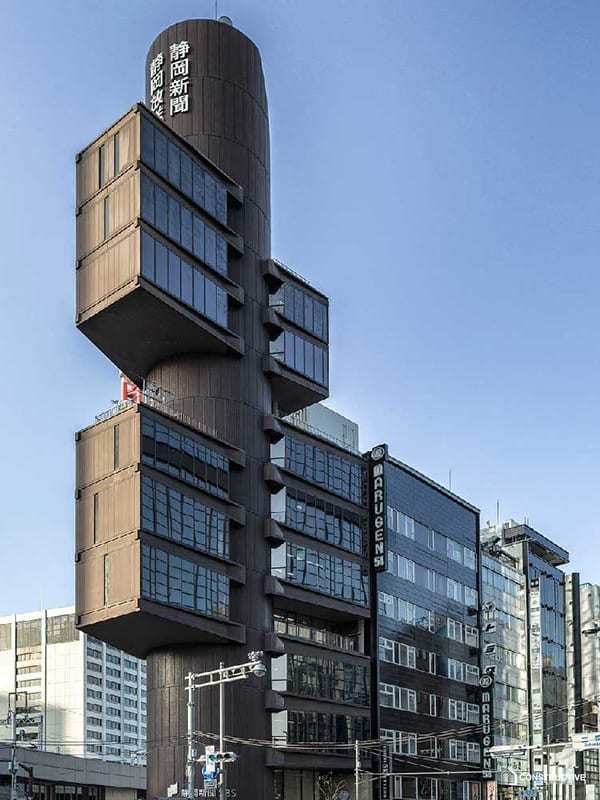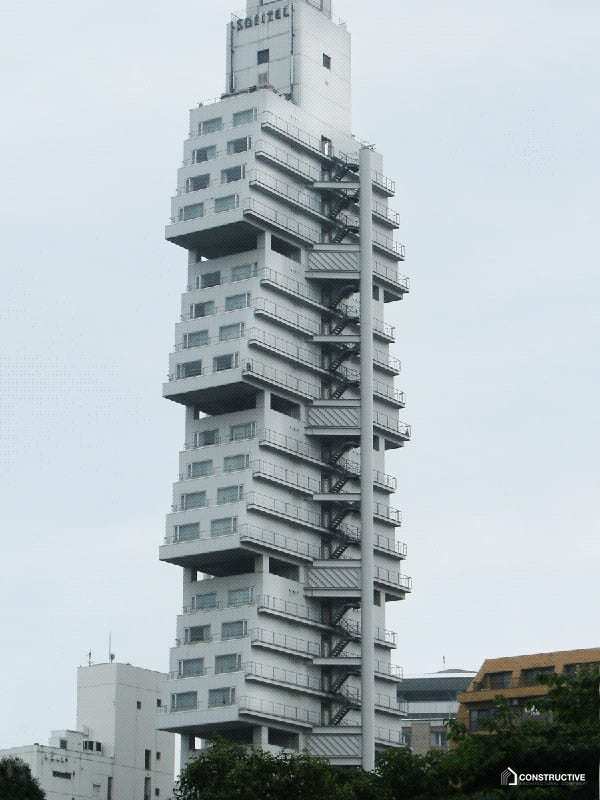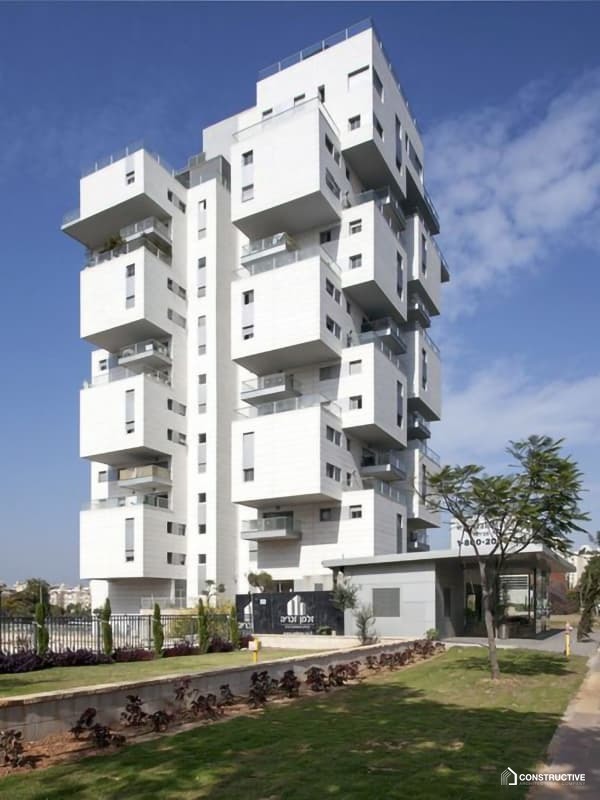





Peculiarities of the architectural language of metabolists were incompleteness, "non-negotiation", relative "destructiveness" and openness of the structure of buildings for "dialogue" with the changing architectural, cultural and technological context of the urban environment. Metabolism widely uses the technique of focusing on emptiness, in order to create the effect of "materialization of attention", the visual consolidation of undeveloped and unexplored spaces with the help of symbolic spatial structures. This creates some intermediate space (otherwise - mesospace), which according to the theory of metabolism is a missing link between architecture (as an extremely orderly habitat) and the surrounding chaos of a changing urban environment or "vacuum" of the natural landscape. In the structure of both individual buildings and their complexes and even entire cities, developed under the influence of the ideas of metabolism, there is always a clear trace of temporary and permanent components. Another feature of such architecture is its modularity, charm, most clearly illustrated by the example of the tower "Nakagin" (Nakagin Capsule Tower).
Metabolism in general and metabolic architects in particular sought to develop the principles of constructivism according to the concept of "changing space".
The optimal structural basis of the buildings was combined with combinatorics - variational "cells", thanks to which architectural compositions acquired more and more different types (Neo-brutalism; new expressionism; organic architecture; futurological design).
Metabolists perceived the city as a living organism with all the processes inherent in the organism - hence the exotic name of the movement. They divided the city into permanent and temporary elements - bones, blood vessels and living cells, which change over time. The best work of metabolism is recognized, already mentioned by us, "Nakagin Capsule Tower" by Kiso Kurokawa, included in the list of world architectural heritage DOCOMOMO International.
You can read more about other architectural styles here about here.